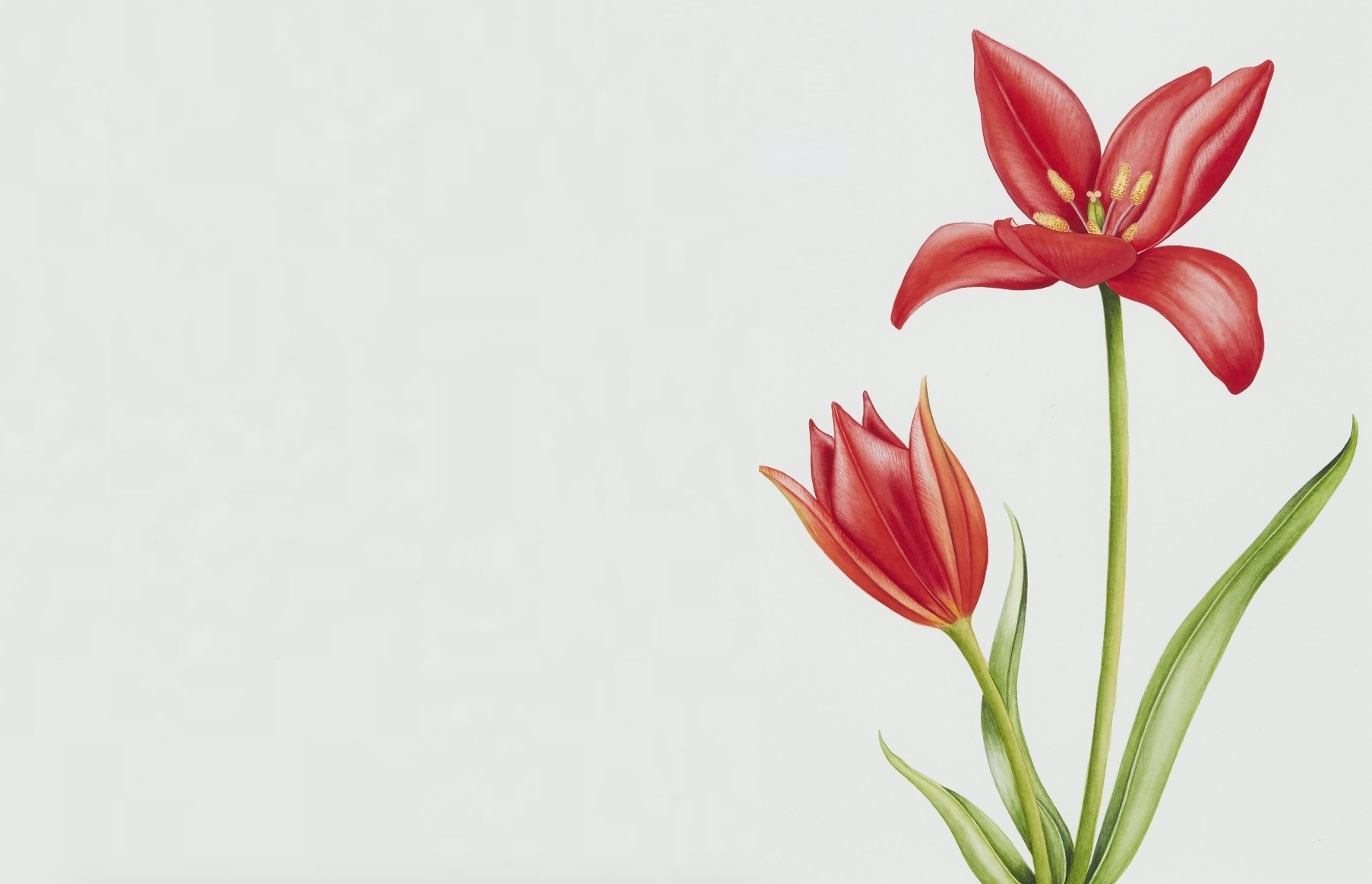
Within the scope of the Yeditepe Biennial, which can be visited until May 15, the second part of thematic exhibition ‘Every State of Flowers' opened at the Kılıçhane Republic Education Museum
Organized under the patronage of the Presidency, within the cooperation of Fatih Municipality and Traditional Turkish Arts Foundation and by the global communication partnership of Anadolu Agency (AA), the second part of "Every State of Flowers" thematic exhibition within the scope of Yeditepe Biennial, which can be visited until May at various spaces in the Historical Peninsula, opened at Kılıçhane Republic Education Museum.
Speaking at the opening of the exhibition, Fatih Mayor Mustafa Demir noted that at the exhibition of Marmara University's archive, he encountered with extraordinary works, which made him question whether the works he was witnessing were water marbling or paintings yet fascinated him. He added that the same high quality works will also be displayed in the second part of the exhibition.Mamure Öz has opened her exhibition where she displays 25 pieces.
Assistant chairman of the Traditional Turkish Arts Foundation, Muhammed Emin Demirkan thanked the expert artists and their students at the exhibition. The curator of the Biennial Serhat Kula touched on the theme of the exhibition and noted that they wanted to show different reflections of flowers on Turkish culture. "As you all know, flowers have existed from the cradle to the grave in our culture. Whether we are engaged in arts or not, as art lovers, it appeals to us and is an essential part of our traditional arts," said Kula. The manager of Istanbul Republic Education Museum Ümit Ateş highlighted that their teams have made all the preparations necessary for the exhibition at the venue of the exhibition.
Speaking to Anadolu Agency (AA), the artist Gülsen Bilgin noted that there are 18 scientific drawings under the title "Artist in Nature" and that she uses water colors in her art. She first draws the exact sizes of flowers with charcoal and then, colors them with water colors. Bilgin further stated that plant paintings also help botanists as they use these paintings to explain the details about a flower, plant or to visualize an article. "There are details in these paintings. We show the seed, flower, leaves and stem of the flowers. Whatever is said in the book, the paintings also explain them," added Bilgin.Emel Nurhan Oğan displays her and her four students' works.
The section "Neşve," a pun on the Turkish word "neşe" for joy, includes 30 marbling works featuring flowers. "These are all examples of Turkish paper marbling. We try to be loyal to the classic, the tradition and follow the path of our masters. My new trial of a small daffodil is open to criticism. The reason I named my section 'Neşve' is because I had so much fun while creating these works," said the artist Uğur Taşatan.
Taşatan emphasized the importance of the biennial as it is a first in traditional arts and added that that is why he wanted to get involved. "We follow both Contemporary Istanbul and the Istanbul Biennial. We envy the attention these modern arts festivals get and I would be very glad if this biennial becomes permanent," said Taşatan.
Water marbling expert Hikmet Barutçugil also stated that the biennial serves an important purpose as the traditional arts have been very limited recently even though there are many people supporting it and added that art has to improve just like science. He added that many exhibitions showed how innovation can be created for traditional arts and that he hopes for just developments to improve.Marbling artist Firdevs Çalkanoğlu has participated with 15 pieces that took three months to create.
Noting that there should be different ideas and innovations within the festival Barutçugil said, "As we are currently in a transition period, we usually see old examples, which also need to continue. However, art is not copying the same things from someone else and creating them through handicraft that would be artisanship."
About the "Endemic Flowers in Water Marbling" section Barutçugil prepared with his students, he said that there may be endemic flowers on his water marbling board and together, they decided to apply endemic flowers in addition with traditional figures such as tulips. "Water marbling like painting and sculpture is the name of a branch of art. Therefore, it is possible to diversify it," added Barutçugil.
Artist Hülya Korkmaz is attending the exhibition with 16 of her students with their Works on 108 different flowers, which lasted for five months. The works are inspired by some of the most important plants in seven different regions of Turkey and consist solely of water-color paintings. The paintings show the actual sizes of the plants. 12 plants from the Black Sea Region were used. The group did not only study endemic plants. For example, rhododendron, a must for the Black Sea Region and olives from Marmara Region were used for the paintings. "Yediveren" ("Everblooming") section of the exhibition was prepared under the leadership of Korkmaz with other participating artist.
The exhibition consisting of four different sections, displaying 180 artworks can be visited until May 15.
